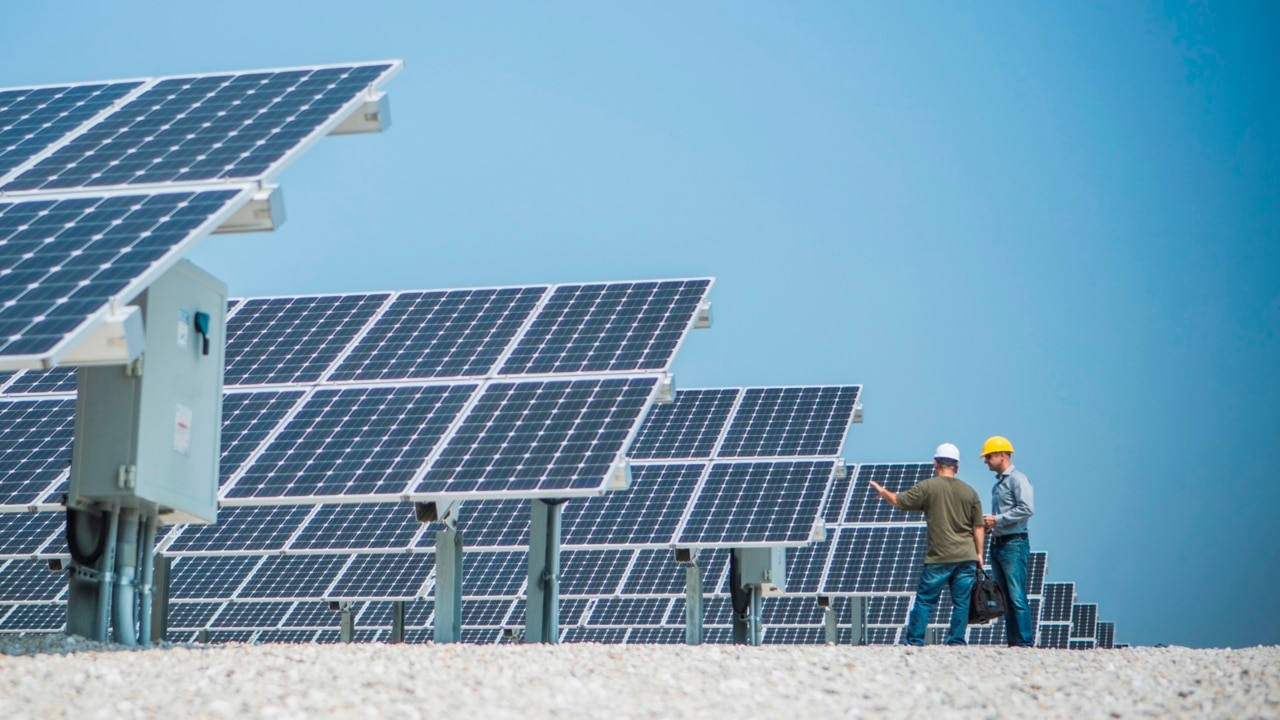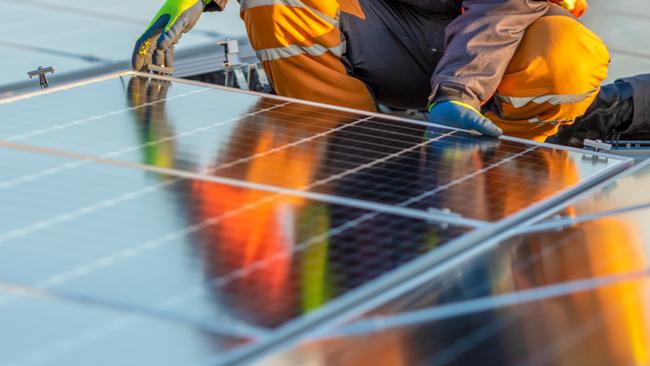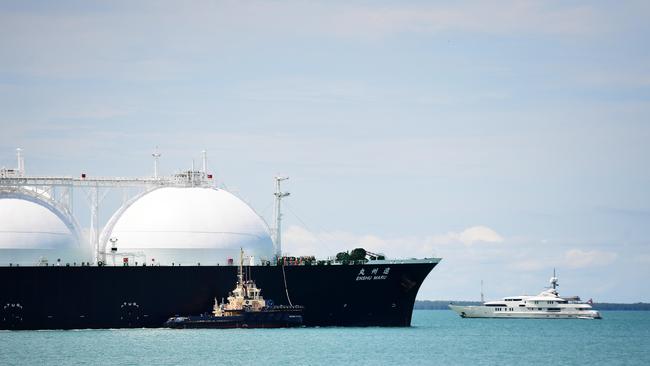
The boss of Australia’s gas pipeline and storage heavyweight APA isn’t afraid to advance the cause of the fuel that is fast becoming the new battleground in the green energy wars. But Watson argues gas is now a more important partner than even in building Australia’s renewable energy grid.
In fact, a bigger role for gas is obvious when Australia is starting from so far behind in getting a reliable green power network in place.

Watson might be talking up his book – he has more than 15,000km of gas pipelines across every corner of Australia, making APA one of Australia’s biggest infrastructure operators.
But he points to gas as delivering reliable firming for the variable renewables, solar and wind. And gas will be the partner of choice for decades to come, including through LNG exports, he says.
Watson’s comments follow increasingly urgent warnings from energy regulator AEMO about Australia’s grid reliability. The first stresses will be felt this coming summer in Victoria and South Australia with the prospect of blackouts, then NSW and Queensland in coming years. Added to this, Australia faces an uncertain energy future with the planned exit of ageing coal-fired plants while renewable energy sources are not yet in place.
“When you look at the fact that on the east coast of Australia, around 67 per cent of that is dependent on coal, we need to bring renewable power generation in at pace,” Watson tells The Australian.
“We need to electrify that. If we want to take the highest emission fossil fuel energy source being coal out of the system, you’ve got to bring gas in to hit these renewables targets”.
Switch on power
Watson points to a recent BCG analysis that highlights that gas remains a cornerstone of Australia’s energy system. Some 75 per cent of heavy industry and business relies on gas; 15 per cent of gas demand is for power generation, with the rest made up from demand from homes and other small users. Total natural gas production and transport accounts for 22 per cent of Australia’s energy related emissions, the BCG report says.
Watson says another way of looking at it is that 90 per cent of gas in the system is used to produce cement and the bricks and the steel that builds our homes, and the fertiliser that puts food on our table.
“You just can’t do without gas,” Watson says. “To be able to accelerate the energy transition that AEMO and everyone’s pointing to, you simply need to bring more gas to market.
“You can’t turn a coal-fired generator off and on when you need it, whereas a gas-fired generator, you can turn on and off within minutes,” he says. “Renewables are only effective when they are firmed with gas.”

Watson says there is an abundance of gas in Queensland and Northern Territory’s prospective Beetaloo basin, as well as parts of Western Australia’s Canning Basin. Some requires fracking or unconventional extraction.
So too, Australia’s internal dilemma on gas contrasts with the position of major trading partners across the region.
Japan, Singapore and South Korea and others see Australian LNG as a significant and long-term element of their renewable transition.
Watson says instead of keeping old coal-fired power plants open for longer like the Victorian government – and now NSW is considering a similar deal – they should be looking at ways of getting more gas into the market.
Indeed, he labels last month’s move by the Andrews Victorian government as “bizarre”: looking to extend the life of AGL’s ageing Loy Yang coal-fired plant beyond its scheduled 2035 closure while maintaining a ban on all forms of onshore gas development across the state.
APA’s Mondarra gas storage facility just north of Perth can generate the same amount of firming energy as 11,000 Victorian big batteries, which at 300MW is Australia’s biggest battery, Watson points out.
This is a case of using the existing energy infrastructure to help keep down the cost of building out new renewables.
Rapid change
Infrastructure companies are notorious for moving slowly, but the past few years has seen rapid change at the low-profile APA. Former chief financial officer Watson took charge last December from former boss Rob Wheals, who was only in the role for two and a half years. Before he stepped down, Wheals had come under intense pressure from investors to reverse a US expansion and focus on developing a renewables option closer to home.
Watson heard the message loud and clear. Just a few months in, he had secured APA’s biggest acquisition in years with the $1.7bn move on Alinta’s Pilbara-based energy assets.
Two years ago APA was outbid as it made a $10bn move on SP Ausnet, a deal that would have seen it significantly diversify into direct electricity transmission.

But the newly acquired Alinta assets again put it closer to electricity. The assets count iron ore miners BHP, Fortescue and Gina Rinehart’s Roy Hill as long-term customers. They are all underwriting the rollout of solar, batteries and wind power in the Pilbara and the deal allows APA to increase its stake in the massive Goldfields gas transmission pipeline. The acquisition was backed by a $750m equity raising, with the $75m retail component opening last week.
Watson says the Pilbara move is part of a strategy to help his mining customers in the Pilbara decarbonise. And the institutional leg of the raising threw strong support behind APA’s plans.
“What’s clear there is that they need to bring together renewable power generation, firming with gas, firming with batteries and connect it all up with electricity transmission lines. And very clearly what they’re looking for is reliability.”
APA has an eye on its own long term transition. It will need to take steps to diversify away from its core pipelines business.
johnstone@theaustralian.com.au





Don’t talk to Adam Watson about gas going the way of coal-fired power.